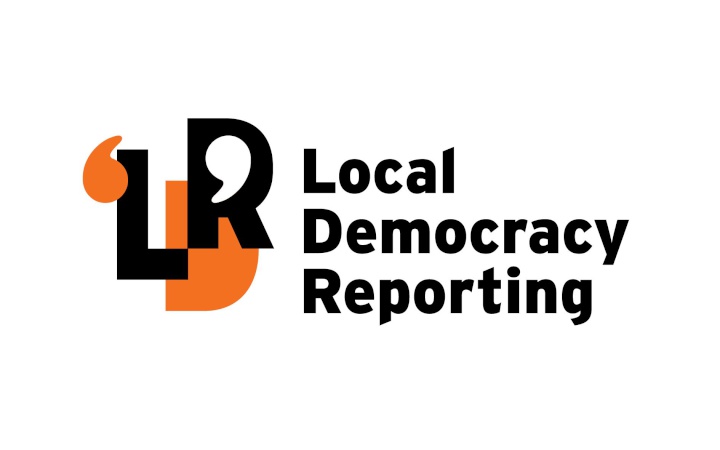At its worst, Rotorua had the worst winter air pollution in the country.
Now, in a feat some did not think possible, as of today its airshed has officially lost that polluted status.
It is a “significant day”, showing how far things have come in the 20 years the airshed has been in place.
Estimated early deaths caused by air pollution halved in a decade, as millions of dollars were loaned to replace thousands of old, smoky fireplaces with cleaner heating.
The city’s continued high reliance on wood burners, however, may create a challenge if air quality standards tighten as expected.
The Rotorua airshed was first gazetted in 2005 to enable monitoring and introduce rules to help improve air quality amid pollution concerns.
The Bay of Plenty Regional Council is required to monitor air quality and manage pollution to national standards.
These include for PM10 – small particulate matter, such as in smoke, which can be inhaled.
If the airshed of a geographical area exceeds the national standard limit for PM10 more than once a year in a five-year period, it is labelled polluted.
As of today, Rotorua’s air quality has improved enough to lose that designation.
Regional councillor Kevin Winters was mayor when the Rotorua Lakes Council adopted the Rotorua Air Quality Control Bylaw in 2010.
It introduced rules to phase out the use of old and inefficient solid-fuel burners in homes and ban open fires indoors.
Winters said the bylaw decision was not unanimous, and some said Rotorua could never lose that polluted label.
“It was very controversial.”
A drive around areas such as Western Heights, Pukehangi and Fordlands convinced Winters to support it.
“It was like walking into a room of smokers. It was choking.”
He viewed the past 15 years of work as a good example of collaboration between councils.
He called Saturday’s milestone a “significant day”.
Over the years, various measures were introduced to combat winter air-quality issues.
Loans and grants were given for cleaner heating, an education campaign was launched, and compliance efforts were strengthened.
About 400 grants worth a total of $735,000 were approved for insulation and to replace heating and remove solid burners since 2014. Grants are still available under the criteria.
Between 2010 and 2021, about $11 million was lent to help residents buy cleaner heating options and insulation, funded by general and targeted rates. The latter ended a few years ago.
A regional council spokesperson said the airshed introduction enabled it to start gathering “real data” to understand the air pollution in Rotorua.
“It was the monitoring that followed that confirmed Rotorua had a winter-time air quality issue”.
The Rotorua Air Quality Action Plan was introduced in 2008, a year that recorded 37 exceedances. The bylaws followed in 2010, then in 2020, Plan Change 13 (Air Quality) banned using all non-complying solid burners.
In recent years, it has used an $8270 infrared camera to detect properties using illegal burners.
Going forward, however, the change in Rotorua’s pollution status could be up in the air, with new standards forecast.
The spokesperson said research increasingly highlighted the ongoing negative health impacts associated with poor air quality.
“New rules focusing on even smaller particles [PM2.5] are also on the horizon, which will shift the goal posts further out.”
This could prove a challenge for Rotorua, which still had high levels of wood burning for heating.
Wood smoke particles are about 90% PM2.5.
In a report, senior planner Elsa Weir said intervention would be needed to meet potential new targets for both PM10 and PM2.5.
The council was waiting on government direction as to when the standards would be updated. It expected this to be after resource management system changes and not within the current Government’s term.
The regional council’s other Rotorua councillor, Lyall Thurston, said while the airshed milestone marked “significant progress”, there was still work to do.
He said collective change made an impact “for the betterment of all Rotorua residents and visitors”.
Thurston acknowledged other Rotorua Air Quality Working Group members, including Rotorua Lakes Council, Kāinga Ora and medical officers of health.
Toi Te Ora Public Health Medical Officer of Health Dr Gregory Evans in 2023 told district councillors that air pollution affected people of all ages, but some were more vulnerable.
Short-term examples included exacerbating asthma. Longer term, accumulated exposure could cause cardiovascular disease, and some of the pollutants were known carcinogens.
A study released in 2022 found that air pollution generated by humans in 2016 resulted in 3300 premature adult deaths in New Zealand.
He said estimates based on that study’s health effects model found there were 40 early adult deaths in the Rotorua airshed in 2009 as a result of domestic fire-produced air pollution.
The estimate for 2022 was 19.
The number of years of lives lost reduced from 596 to 246, while restricted activity days were down from 53,000 to 20,000.
The annual social cost of domestic fires had decreased from an estimated $190.9 million to $78.7m.



 NZ Principals Federation: Principals Describe Budget As Bitter Sweet
NZ Principals Federation: Principals Describe Budget As Bitter Sweet GfK Radio: Radio Listening Tops 3.5M Weekly Listeners
GfK Radio: Radio Listening Tops 3.5M Weekly Listeners  Jacob Douglas Motorsport: Douglas Heads To The Oval After Breakthrough Victory
Jacob Douglas Motorsport: Douglas Heads To The Oval After Breakthrough Victory Research For Maori Health and Development: Bridging The Gap In HIV Prevention For Māori - Insights And Resources Now Available
Research For Maori Health and Development: Bridging The Gap In HIV Prevention For Māori - Insights And Resources Now Available Tertiary Education Union: Weltec And Whitireia Cuts A Shocking Blow For Their Communities
Tertiary Education Union: Weltec And Whitireia Cuts A Shocking Blow For Their Communities PHARMAC: Pharmac Proposes To Fully Fund Nutrition Replacements For Some People With Crohn’s Disease
PHARMAC: Pharmac Proposes To Fully Fund Nutrition Replacements For Some People With Crohn’s Disease